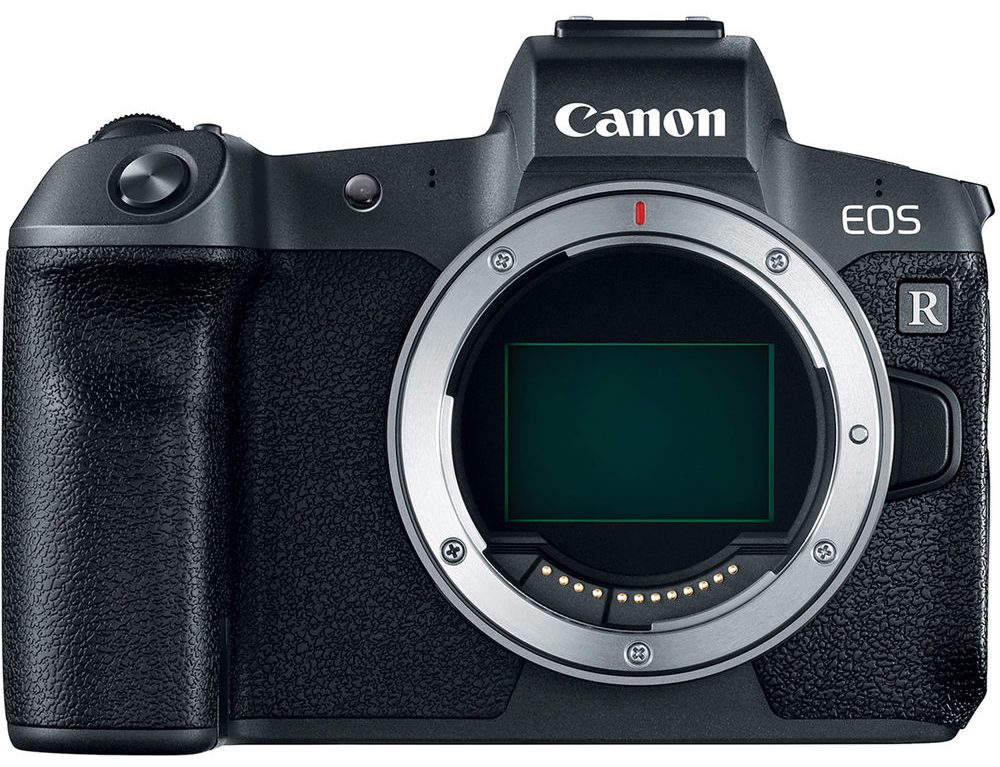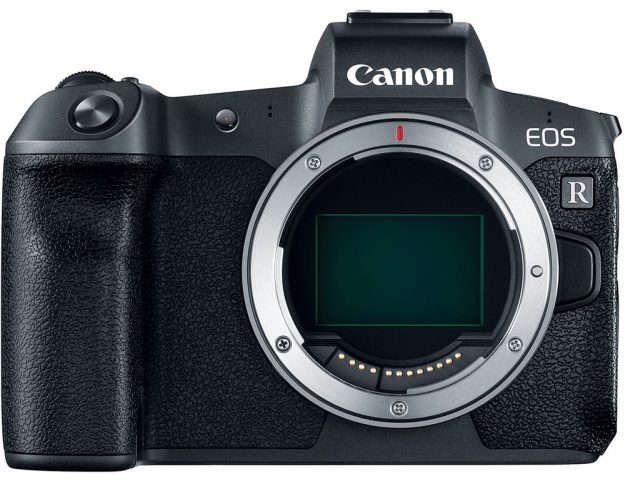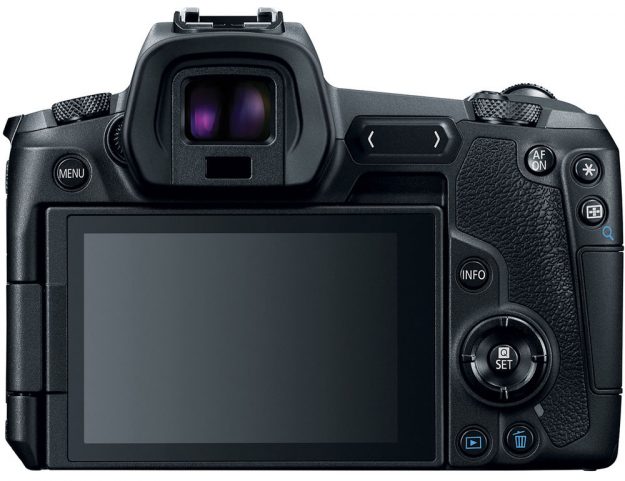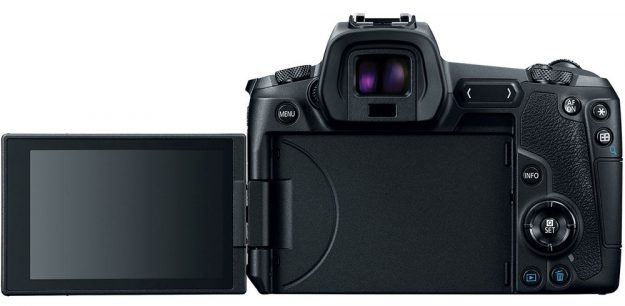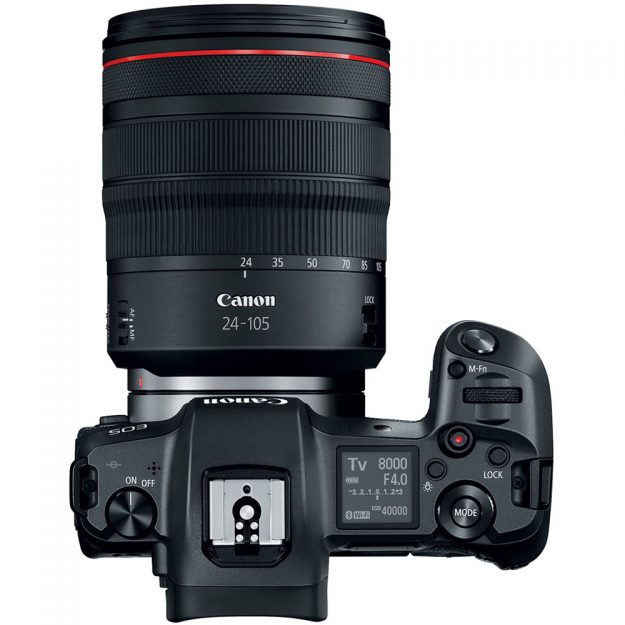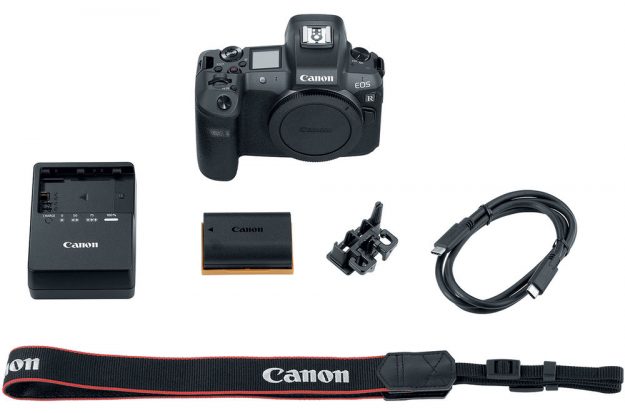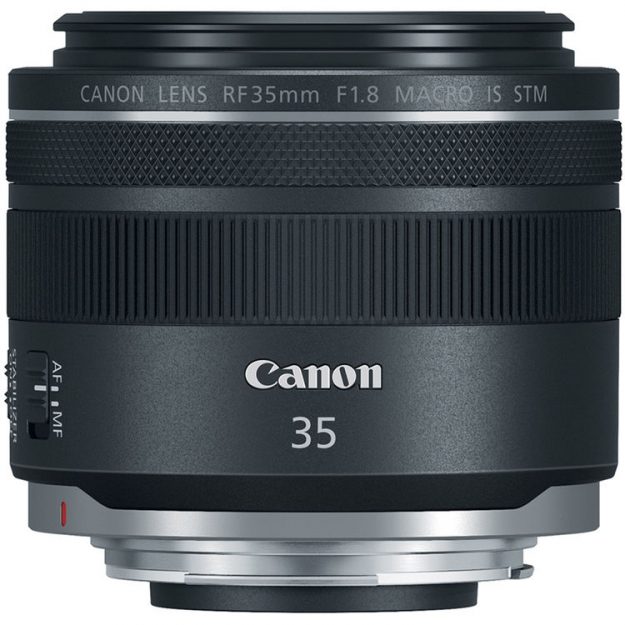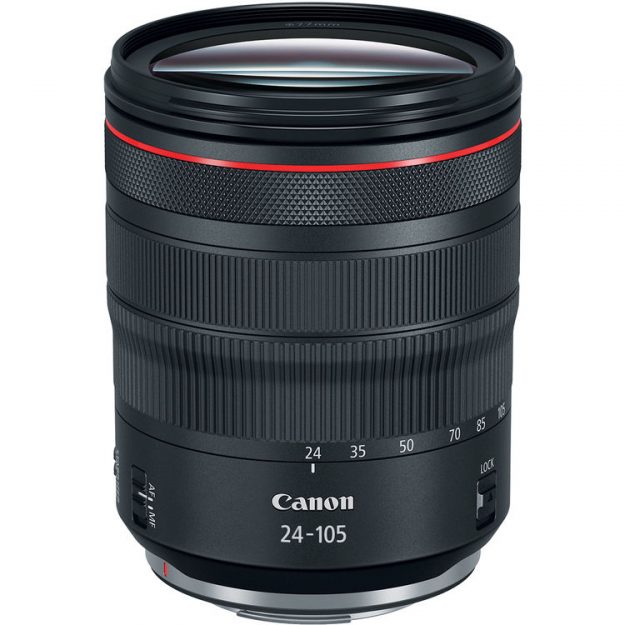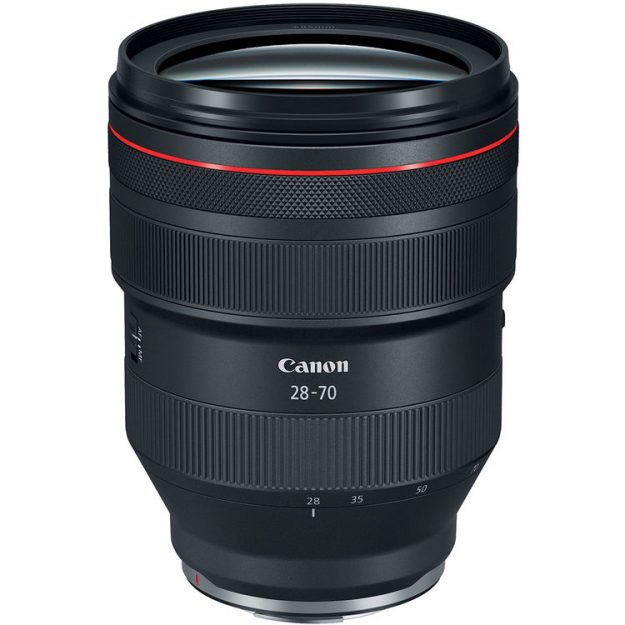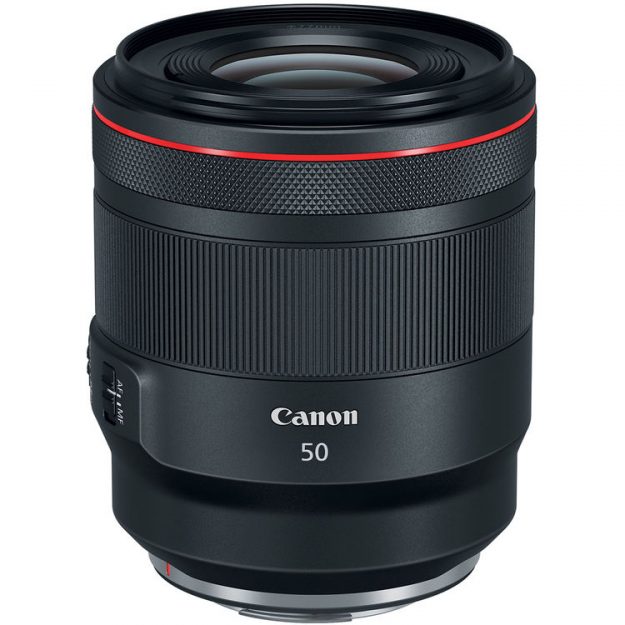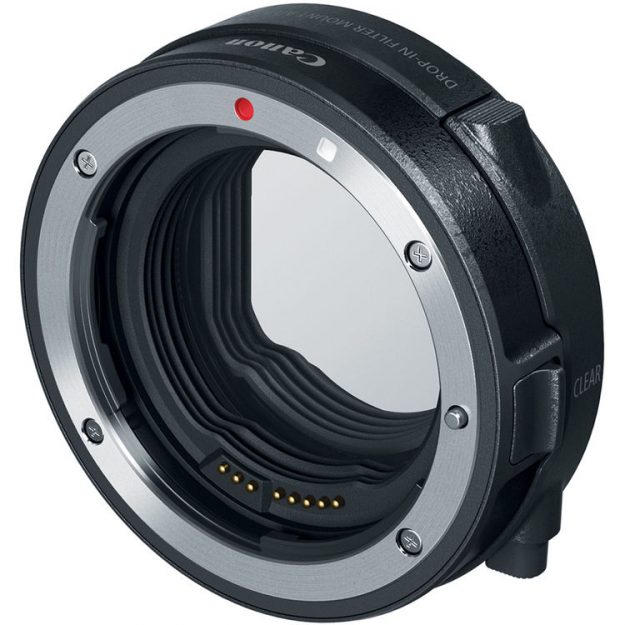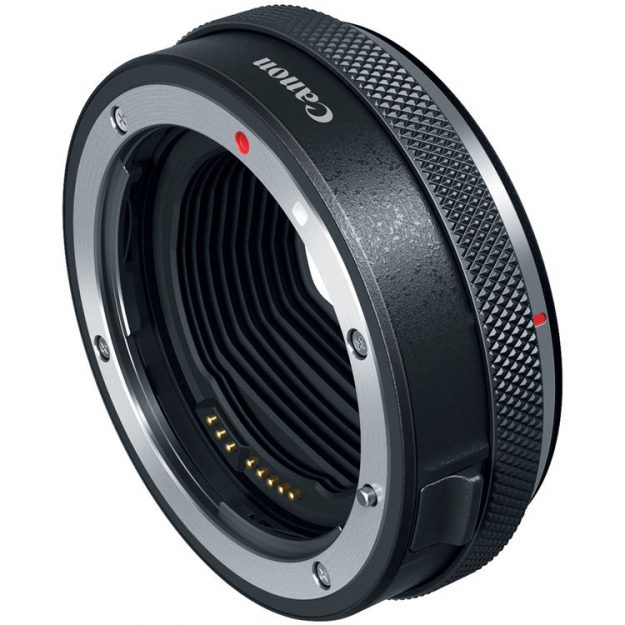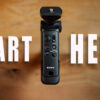Well, this New Canon EOS R Mirrorless Digital Camera at first glance, looks to offer a few differences than the new Nikon Z7 and Z6 in some respects on paper, but will it beat the Sony?? Lets break this camera down a bit and see what it has to offer and how it compares to Sony’s units shall we!!
Overview:
First thing I noticed was the Dual Pixel AF, which is apparently awesome, and the lcd screen that swivels to face forward for selfie type shooting or filming. These two features are huge and the AF technology has 5655 AF Points, so it clearly has potential. Will the Canon be able to use all that data to its potential however is the question… Nikon was not really able to pull it off according to initial reviews, and Canon is using the same processor as the 5d Mark IV, so it’s up in the air at this point.
The screen articulation is clearly better in my opinion, smart move Canon!! The Canon can also do Eye-AF, but not in continuous shooting mode.
The Canon has NO Sensor stabilization, only a single slot memory card, and based on history the sensor quality is not going to be as good as Sony or Nikon. In the real world however, it will do a great job I’m sure!
Canon was wise by re-leasing this new EOS R with several super high quality optically stabilized lenses, but they are crazy expensive. This is good news for Sony as far as price, but bad news as far as Sony not offering the same killer lens options yet.
Canon is also offering 3 different adapters which allow for all the EF lenses to mount with pretty much full functionality. More on this below in the full breakdown…
Once again I ask Sony: Please release an updated roadmap of your E-Mount lens development plan, so us suers will not wonder what is coming next. We need to know ASAP, or we might jump ship to Canon or Nikon depending on how many top quality lenses we still own in those respective formats…
The New Canon EOS R is going for ~$2300 US, which puts it just above the Sony A7 III @ ~$2000, and well below the Sony A7r III @ ~$3200 in price points.
Who will get the Canon EOS R?
Somebody like myself for example. I own several Canon EF L Lenses from when I used to shoot weddings and portraits professionally back in the day. This new EOS R camera is tempting, just so I can use those lenses to their potential… At the very least a good review cycle 😉 I can use them on the Sony with the Metabones or Sigma MC-11, but the AF is still not the same as it would be on a Canon camera and doesn’t work for video which is very important to me. I would love to use my EF 135mm f/2 lens for video, but currently can only use manual focus… I also have the Canon EF 17-40mm f/4 L, EF 24-105mm f/4 L IS, EF 135mm f/2 L lens, and the EF 70-200mm f/2.8 L IS, and the older f/2.8 fisheye lens. So the Canon Mirrorless is appealing to somebody like me, just for an updated camera body over my now old 5d Mark II. However, that camera is still awesome in the real world for the most part other than the High ISO of course…
My full breakdown of the New Nikon Z7 and Z6 Full Frame Mirrorless Cameras is Here >>
Canon EOS R Breakdown
- 30.3MP Full-Frame CMOS Sensor
- DIGIC 8 Image Processor
- UHD 4K30 Video; C-Log & 10-Bit HDMI Out
- Dual Pixel CMOS AF, 5655 AF Points
- 3.69m-Dot OLED Electronic Viewfinder
- 3.15″ 2.1m-Dot Swivel Touchscreen LCD
- Expanded ISO 50-102400, 8 fps Shooting
- Wi-Fi and Bluetooth, SD UHS-II Card Slot
- Multi-Function Bar, Dual Pixel RAW
- Weight = 1.45 lb / 660 g with battery and memory card
- Price = $2300
The first step in Canon’s mirrorless evolution, the EOS R pairs a redeveloped lens mount and updated full-frame image sensor for a unique and sophisticated multimedia camera system. Revolving around the new RF lens mount, the EOS R is poised to be the means from which to make the most of a new series of lenses and optical technologies.
Focusing on the camera itself, the EOS R features a high-resolution 30.3MP full-frame CMOS sensor along with a DIGIC 8 image processor. The combination of these technologies offers a wide sensitivity range up to a native ISO 40000, fast continuous shooting to 8 fps, and UHD 4K30 video recording. In addition to imaging, the sensor also facilitates an advanced Dual Pixel CMOS AF system, which uses 5655 selectable points for quickly and accurately acquiring focus. This focusing system is also sensitive down to EV -6 for working in impressively dark conditions. The AF system is also perfectly matched to the UHD 4K video recording capabilities, which are also rounded out by Movie Digital IS to minimize camera shake, built-in Canon Log gamma for a greater dynamic range, and 4K 10-bit 4:2:2 output over HDMI for even greater color control.
Beyond the performance attributes, this camera has been designed from the ground up and features a high-resolution 3.69m-dot OLED electronic viewfinder for clear and bright eye-level viewing. Conversely, a rear 3.15″ 2.1m-dot LCD touchscreen is also featured, and has a swivel design to suit working from high and low angles. Also catering to the tactile cravings is a Multi-Function bar, which is customizable for intuitively adjusting shooting settings. And as a camera built to withstand the toughest environments, the magnesium alloy body is dust and moisture-sealed.
Canon RF Lens Mount
Beginning with a new lens mount, the EOS R is the first camera to support Canon’s line of RF-mount lenses. This mount is characterized by its wide 54mm diameter and short 20mm flange-back distance, which promotes the ability to design lenses that are both faster and smaller than their SLR equivalents. The mount also incorporates a 12-pin electronic contact system for more sophisticated autofocus and image stabilization capabilities. This mount design also lends full compatibility to existing EF and EF-S-mount lenses via an optional EF-EOS R Mount Adapter.
30.3MP Full-Frame CMOS Sensor and DIGIC 8 Image Processor
A large 30.3MP full-frame CMOS sensor is featured and serves as an ideal balance between high-resolution output, low-light performance, and high-speed capabilities. When paired with the DIGIC 8 image processor, the EOS R affords a native sensitivity range of ISO 100-40000, which can be expanded to ISO 50-102400 for working in a variety of lighting conditions. Quick continuous shooting to 8 fps is also supported for photographing moving subjects.
Dual Pixel CMOS AF
Dual Pixel CMOS AF offers smooth and fast focusing performance in a similar manner to how a camcorder acquires focus. This system integrates two separate photodiodes within each pixel to provide a broad and dense network of 5655 phase-detection gathering elements across a majority of the image sensor to reduce focus hunting for faster, more direct control of focus placement. When working with still imagery, this focusing system works to acquire focus quickly and accurately, making it ideally suited to shooting and tracking moving subjects so that critical focus is attained with each shot. When shooting video, a Movie Servo AF mode offers smooth and natural focusing when changing from different subjects or different distances within the scene, as well as the ability to specify tracking sensitivity, AF speed, and Face Tracking priority. Benefited by the Touch AF system, rack focus is possible simply by touching elements within the scene on the touchscreen in order to change focus in an intuitive manner. Subject tracking in movies is also heightened due to the Dual Pixel CMOS AF system’s ability to recognize subjects and maintain focus when working within changing or cluttered scenery. Additionally, the focus system is sensitive down to EV -6 for working in truly low-light conditions with accurate AF capabilities.
UHD 4K Video Recording and Canon Log Gamma
Designed for multimedia image-maker, the EOS R supports UHD 4K (3840 x 2160) resolution recording at up to 30 fps at 480 Mb/s, along with Full HD 1080p shooting at 60 fps and HD 720p at 120 fps for slow motion playback. When recording in-camera, 4K video has 4:2:2 sampling and 8-bit color depth, a 4:2:2 10-bit clean output in ITU-R CT.2020 is possible when using an external recorder.
Integrated Canon Log also allows users to capture flat images with an improved dynamic range of 800%, or 12 stops. This function makes it easier to match cameras in post-production as well as provides the most latitude and potential for color grading. For monitoring, a View Assist function is available, which emulates a graded look for more accurate viewing on the camera’s LCD.
Audio can be recorded using the on-board stereo microphone or an optional external mic can also be used via the 3.5mm mic jack.
Dual Pixel RAW
First introduced with the EOS 5D Mark IV, Dual Pixel RAW allows photographers to record all the information the sensor’s unique pixel architecture can deliver, providing a way for fine adjustments to be made after the image is taken. These adjustments include focus fine tuning that can help you ever-so-slightly adjust the focus point to bring out extra details, shift bokeh around for improved composition, and reduce the impact of ghosting on your photos. This requires the use of Canon’s Digital Photo Professional software.
Body Design
– Integrated 3.69m-dot OLED electronic viewfinder has 0.71x magnification and affords a bright and clear means for eye-level viewing.
– Rear 3.15″ 2.1m-dot LCD features a swivel design for easier use when working from high, low, and front-facing angles. It is also a touchscreen for – intuitive control over shooting, playback, and menu navigation controls.
– Customizable Multi-Function Bar is located near the viewfinder on the rear of the camera, and can be set to control four functions using right, left, slide, and press movements. It can be used to adjust ISO or white balance, to check focus/display focus info or AF modes, change to movie shooting modes, use flexible-priority AE, or be customized for other functions.
– Top panel incorporates a dot-matrix LCD, which provides quick access to important camera settings.
– One SD memory card slot featured, and supports the UHS-II protocol for faster read and write speeds to better support 4K video recording and fast continuous shooting.
– Magnesium alloy body design is lightweight, durable, and features dust- and water-resistant seals for use in a variety of weather conditions.
– Built-in Wi-Fi and Bluetooth connectivity enable wireless sharing, control, and image transfer with a compatible smart device via the Canon Camera Connect app, which also supports geotagging your files using your mobile device’s location data.
– Included LP-E6N rechargeable lithium-ion battery provides approximately 430 shots per charge, and in-camera charging is supported via the PD-E1 USB Power Adapter. This camera is also compatible with the LP-E6 battery, however is not supported for in-camera charging.
Other Camera Features
– Digital Lens Optimizer helps to minimize the appearance of various optical aberrations in-camera, including diffraction, for cleaner image quality.
– Multi shot noise reduction technology records four sequential exposures and then combines them in-camera to produce an image with smoother tones and lower noise to suit long exposure images.
– Images can be saved as Compact Raw (C-RAW / .CR3) files, which offer smaller file sizes for faster post-processing.
– Language Support: English, German, French, Dutch, Danish, Portuguese, Finnish, Italian, Ukraine, Norwegian, Swedish, Spanish, Greek, Russian, Polish, Czech, Hungarian, Vietnamese, Hindi, Romanian, Turkish, Arabic, Thai, Simplified/Traditional Chinese, Korean, Malay, Indonesian, and Japanese.
[/toggle_simple]
[divider]
New Canon RF Lenses:
Canon RF 35mm f/1.8 IS Macro STM Lens for $500
Canon RF 24-105mm f/4L IS USM Lens for $1100
Canon RF 28-70mm f/2L USM Lens for $3000
Canon RF 50mm f/1.2L USM Lens for $2300
New Canon Lens Adapters:
I like how Canon is offering 3 different types of lens adapters! Pretty innovative and offering something different than Sony or Nikon.
Canon Mount Adapter EF-EOS R for $400
Canon Control Ring Mount Adapter EF-EOS R for $200
Canon Drop-In Filter Mount Adapter EF-EOS R with Variable ND Filter for $300
Canon Promo Video:
A few Initial Reviews Worth Checking Out
If you are interested in this new Canon EOS R Full Frame Mirrorless Camera System, then I would recommend checking out these initial reviews below. I will then give you my final thoughts on the matter in the conclusions below that…
Courtesy of Tony & Chelsea Northrup
Courtesy of Dan Watson:
Courtesy of Gordon Laing
Courtesy of Kai W:
Conclusions
The Bad:
Well, according to the initial reviews, the video quality is not as good as Sony, 4k in 1.7x crop mode only, the battery life is not as good as Sony’s new Z-series, the Auto Focus abilities and Eye-AF features are not as good as Sony’s for tracking moving subjects in particular, Moving focus points around with touchscreen was a bit laggy, No Joystick, the Sensor is not as good as Sony’s or Nikons, but does offer the dual pixel technology. No sensor stabilization and only a single slot for memory cards. Two of the new lenses don’t have stabilization, and neither does the camera? This is not good for those with shaky hands in particular. Lenses are expensive, but so are the top quality Sony’s…
The Good:
The camera build quality and design are awesome, the selfie flip screen is what I want to see on http://sexhatti.online Sony’s, Amazing amount of AF points, OLED Viewfinder is great, the buttons and controls look and work excellent as well. A cool new slide bar style button interface, and the New lenses and adapters look pretty excellent.
Final thoughts:
Well, just like the Nikon Z7 and Z6, the initial reviews are saying the new Canon EOS R does not compare to the Sony’s as far as performance goes. Build quality and design on the other hand is debatable depending on what you want. I think both the Nikon and Canon have better more rugged camera bodes than the Sony’s at this point.
I think Canon users will be super excited about this camera in general, just like the Nikon camera users will be excited about the Z7 and Z6. Is the camera perfect? No of course not. It’s basically a Canon 5d Mark IV in a new mirrorless body. No crazy new features really, no full frame 4k like most hardcore folks were probably hoping for, no crazy new sensor tech, but otherwise a great looking camera that will certainly get the job done and it weighs a lot less than the Canon 5d mark IV.
The New Nikon’s left room for improvement as well, and so do the Sony cameras… Sony certainly has the lead in this full frame mirrorless race, but can they hold on to now that the big boys are in town? That is really a matter of time to find out. I think Sony should come out with a A99 II style camera body in a mirrorless form ASAP. If they did that, then the only thing Canon and Nikon have that’s better in my opinion, the new mirrorless camera body’s, will go away. Sony would then dominate on all fronts! Sony’s camera bodies are significantly smaller, but I don’t really think that is to much of an advantage at this point. Not in my opinion anyway. I would rather have that killer DSLR style grip, LCD screen on top and lots of room for manual buttons. I would still keep the body smaller than the competition, but just a little bit…
I’ll catch up with you guys next time and be sure to let me know what you think of this new full frame mirrorless camera system from Canon??
Jay
Links:
Canon EOS R for $2300 @ BHPhoto >>

